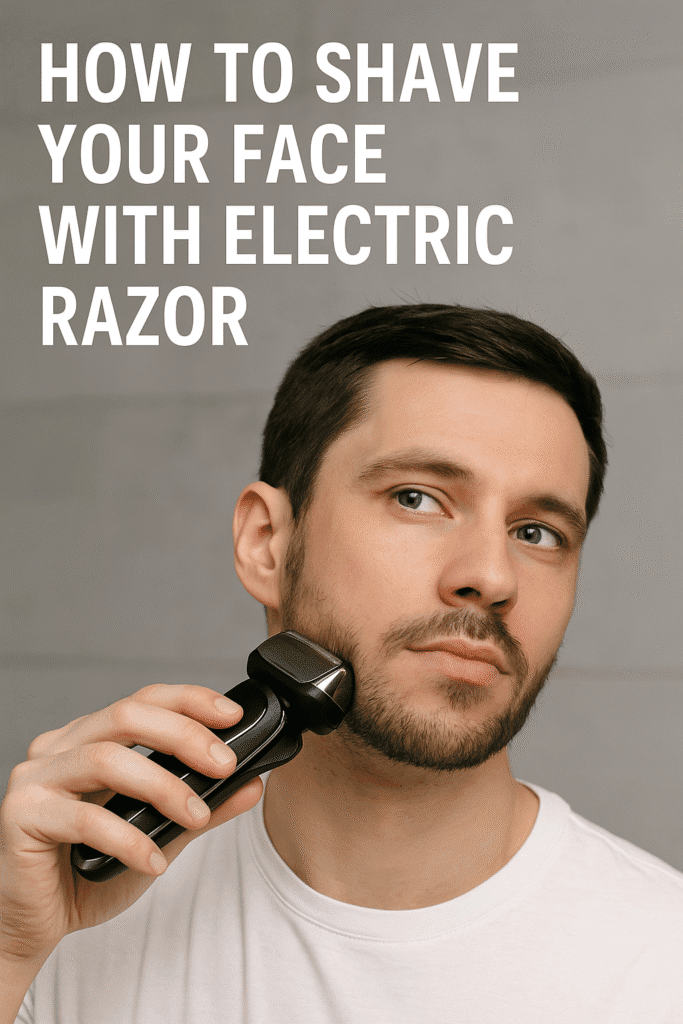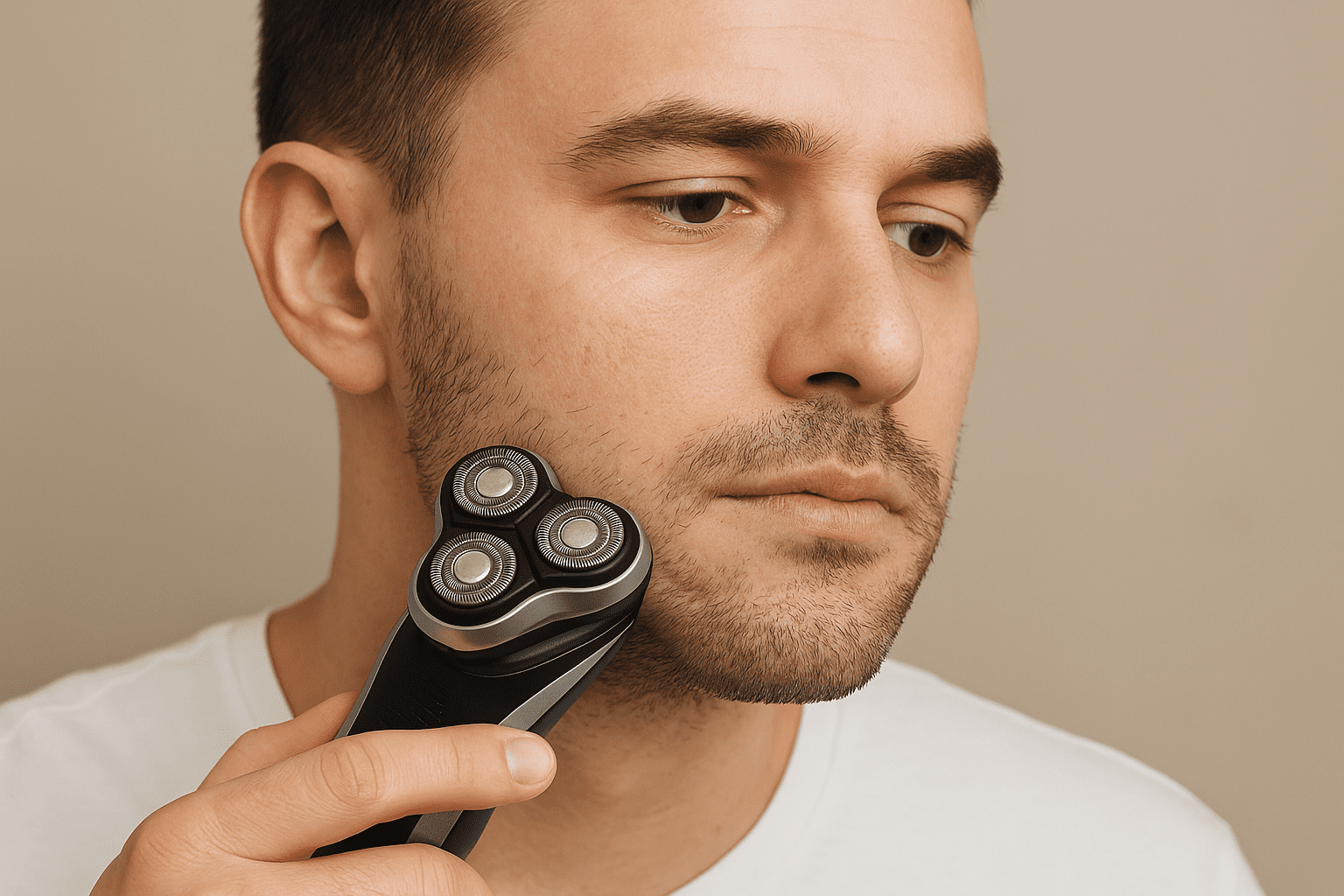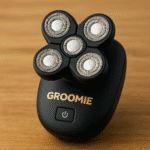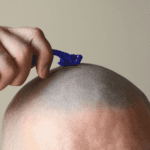Introduction
Shaving is one of those daily routines that can either feel effortless or turn into a frustrating battle with your skin. If you’ve ever dealt with razor burn, irritation, or uneven stubble, you know how much of a difference technique makes. That’s why learning how to shave your face with electric razor the right way is more than just a grooming habit—it’s a skill that can transform your daily routine.
Unlike manual razors, electric razors are designed to provide speed, comfort, and convenience. Yet, many people never maximize their potential simply because they don’t know the right approach. This guide is your ultimate resource to mastering electric shaving, eliminating mistakes, and getting a consistently smooth finish every time.
Why Choose an Electric Razor Over a Manual One?
When it comes to shaving tools, the debate between manual razors and electric razors is endless. But if you want efficiency, safety, and convenience, the electric razor often wins.
- Speed: You can shave in half the time compared to a traditional blade.
- Skin Protection: Electric razors significantly reduce the risk of nicks and cuts.
- Versatility: Many come with trimming attachments to style sideburns, mustaches, or beards.
- Travel-Friendly: Portable and often rechargeable, making them ideal for men on the go.
Still, knowing how to shave your face with electric razor properly is essential, because improper use can lead to irritation or missed spots.
Understanding the Two Types of Electric Razors
Before you dive into the process, you need to understand the tools. Electric razors come in two main categories: foil and rotary.
Foil Razors
Foil razors use thin metal sheets with holes that capture hair. Underneath, oscillating blades cut close to the skin. They’re excellent for precision and daily shaving.
- Best For: Sensitive skin and straight-line shaving.
- Drawback: Can be less effective for long or curly hair.
Rotary Razors
Rotary razors feature three rotating heads that move in circular motions, adapting to facial contours.
- Best For: Coarse hair, uneven growth, or less frequent shaving.
- Drawback: May cause slight irritation if pressed too hard.
Choosing the right type depends on your skin and hair type, but whichever you use, mastering how to shave your face with electric razor requires the same foundation: preparation, technique, and aftercare.
Mayo Clinic – Reliable source on skin and shaving irritation.
Common Questions About How to Shave Your Face with Electric Razor
Many beginners wonder if an electric razor can truly match the closeness of a manual blade. The answer is yes, but only if you know how to shave your face with electric razor using the right method. You must use the correct motion, stretch the skin slightly, and go over each area slowly to capture stubborn hairs.
Another frequent concern is battery life. Most modern razors hold enough charge for 45–60 minutes of use, which is more than enough for multiple shaves. If you’re traveling, always keep your charger or a USB cable handy for convenience.
Lifestyle Benefits of Mastering How to Shave Your Face with Electric Razor
When you finally master how to shave your face with electric razor, the benefits go beyond appearance. A smooth, irritation-free face boosts confidence and leaves a strong impression on others. Whether you’re attending a business meeting, a date, or a casual outing, your grooming speaks volumes about your personal care habits.
Additionally, an electric razor can save you hundreds of hours over your lifetime compared to manual shaving. That’s time you can spend on more important aspects of your career, relationships, and health.
GQ Magazine – Grooming authority, lifestyle-oriented link
Preparing Your Face Before Shaving
One of the biggest mistakes people make is skipping preparation. Your skin and hair need to be ready for the razor.
1. Wash Your Face
Use a gentle cleanser to remove dirt, oil, and sweat. This softens the hair and unclogs pores, reducing friction.
2. Exfoliate
Exfoliation removes dead skin cells that can trap hairs and cause ingrown issues. Doing this 2–3 times a week keeps skin smooth.
3. Hydrate or Pre-Shave
For wet/dry razors, applying a pre-shave lotion or gel reduces irritation. If your razor is dry-only, make sure your skin is completely dry before use.
Skipping these steps makes it harder to achieve a close shave—even with the best equipment.
Step-by-Step: How to Shave Your Face with Electric Razor
Now let’s break down the exact process.


Step 1: Choose the Right Razor for Your Skin
A foil razor works better for sensitive skin, while rotary razors excel at cutting coarse, tough hair.
Step 2: Hold the Razor Correctly
Don’t press too hard. Let the razor glide gently against your skin while maintaining consistent contact.
Step 3: Use the Right Motion
- Foil Razors: Move in straight, linear motions—up and down or side to side.
- Rotary Razors: Use circular motions to follow your facial contours.
Step 4: Shave Against the Grain (With Care)
Going against the grain ensures a closer shave, but do it carefully to avoid irritation.
Step 5: Stretch the Skin
Use your free hand to stretch your skin slightly. This ensures hairs stand upright, allowing the razor to cut more efficiently.
Step 6: Tackle Problem Areas Last
Areas like the neck, chin, and jawline often have tricky growth patterns. Leave them for last so the pre-shave product has extra time to soften the hair.
By following these steps, you’ll truly understand how to shave your face with electric razor the professional way.
The Benefits of Learning How to Shave Your Face with Electric Razor
One of the biggest reasons men switch from manual blades to electric shavers is convenience. But convenience doesn’t mean cutting corners. When you understand how to shave your face with electric razor properly, you can achieve a balance between speed and skin protection. This balance is especially important for professionals who shave daily and don’t have time for long grooming routines.
Electric razors also reduce waste compared to disposable blades. You won’t be throwing away plastic cartridges every week, making them a more eco-friendly option. Plus, once you master the right technique, the process becomes second nature and even enjoyable.
Post-Shave Care: Protecting Your Skin
After shaving, your skin needs attention to prevent irritation.
- Rinse with Cold Water: This closes pores and reduces inflammation.
- Apply an Alcohol-Free Aftershave: Prevents dryness and soothes the skin.
- Moisturize: Locks in hydration and strengthens your skin barrier.
Skipping aftercare is one of the fastest ways to turn a great shave into a nightmare of razor burn.
How to Shave Your Face with Electric Razor for Sensitive Skin
Sensitive skin requires special care. If your skin tends to get red, itchy, or inflamed after shaving, then the way you handle your electric razor makes all the difference. The key to understanding how to shave your face with electric razor when you have sensitive skin is preparation. Always start with clean, hydrated skin and use a quality pre-shave product designed to reduce friction.
Avoid pressing too hard, and don’t rush. Short, gentle passes are more effective than dragging the razor aggressively. Finally, always finish with a fragrance-free moisturizer to keep your skin barrier healthy.
Morning Routine: How to Shave Your Face with Electric Razor the Right Way
If you shave in the morning, your skin is usually firmer and less swollen, which makes the process smoother. Knowing how to shave your face with electric razor in the morning can set the tone for the rest of your day. Begin with a warm splash of water to soften facial hair, then follow your regular steps: cleanse, dry, and prepare your skin.
Shaving in the morning not only provides a clean look but also ensures you’re free from irritation before heading out. This is especially useful for men who interact with clients, colleagues, or the public regularly.
Common Mistakes to Avoid
Even experienced shavers sometimes slip up. Avoid these pitfalls:
- Pressing too hard, which irritates skin.
- Using a dull or dirty razor.
- Shaving too quickly and missing spots.
- Ignoring preparation and aftercare.
- Using the wrong type of electric razor for your hair.
Avoiding these mistakes is key if you want consistent results when learning how to shave your face with electric razor effectively.
Advanced Tips for a Flawless Shave
If you want to take your shaving game to the next level, these tricks help:
- Shave After a Shower: Steam opens pores and softens hair.
- Use a Quality Pre-Shave Oil or Gel: Reduces friction and irritation.
- Keep Your Razor Clean: Rinse and disinfect after every use.
- Replace Foils and Blades Regularly: Every 12–18 months for peak performance.
- Don’t Rush: Give yourself at least 5–10 minutes for a proper shave.
- Looking for the best electric shaver reviews? Check out our Top Shaver Recommendations guide.
- If you struggle with irritation, read our post on Shaving Tips for Sensitive Skin.
- Want to maintain your beard instead of a clean shave? Explore our Beard Grooming Guide.
External Resource
For more on skin protection during shaving, see the American Academy of Dermatology tips:
How to Prevent Shaving Irritation.
Frequently Asked Questions (FAQ)
1. Is it better to shave wet or dry with an electric razor?
It depends on your skin and the razor type. Wet shaving with gels or creams provides extra comfort and reduces irritation. Dry shaving is faster and convenient but may feel rough on sensitive skin.
2. How often should I replace my electric razor blades?
Manufacturers recommend replacing foils and blades every 12–18 months. If you notice pulling, reduced closeness, or increased irritation, it’s time for new parts.
3. Can I use an electric razor every day?
Yes. In fact, daily shaving often reduces irritation because hair doesn’t have time to grow long and curl into the skin.
4. What’s the difference between foil and rotary shavers?
Foil shavers use straight blades under thin metal foils, ideal for sensitive skin. Rotary shavers use circular heads for tougher or uneven growth.
5. How do I clean my electric razor?
Most modern razors have detachable heads you can rinse under water. Some even come with cleaning stations. Always follow the manufacturer’s instructions for best results.
6. Can electric razors cause ingrown hairs?
They are less likely to cause ingrown hairs compared to manual blades, but poor technique or skipping exfoliation can still lead to them.
7. Do electric razors give as close a shave as manual razors?
Manual razors typically shave closer, but modern electric razors are highly effective and balance closeness with skin comfort.
Conclusion
Mastering how to shave your face with electric razor isn’t just about turning it on and going through the motions—it’s about preparation, technique, and aftercare. By understanding the right type of razor, following step-by-step instructions, and avoiding common mistakes, you can achieve a smooth, comfortable shave every single time.
Whether you’re new to electric razors or looking to improve your results, this guide gives you everything you need to upgrade your grooming routine.




